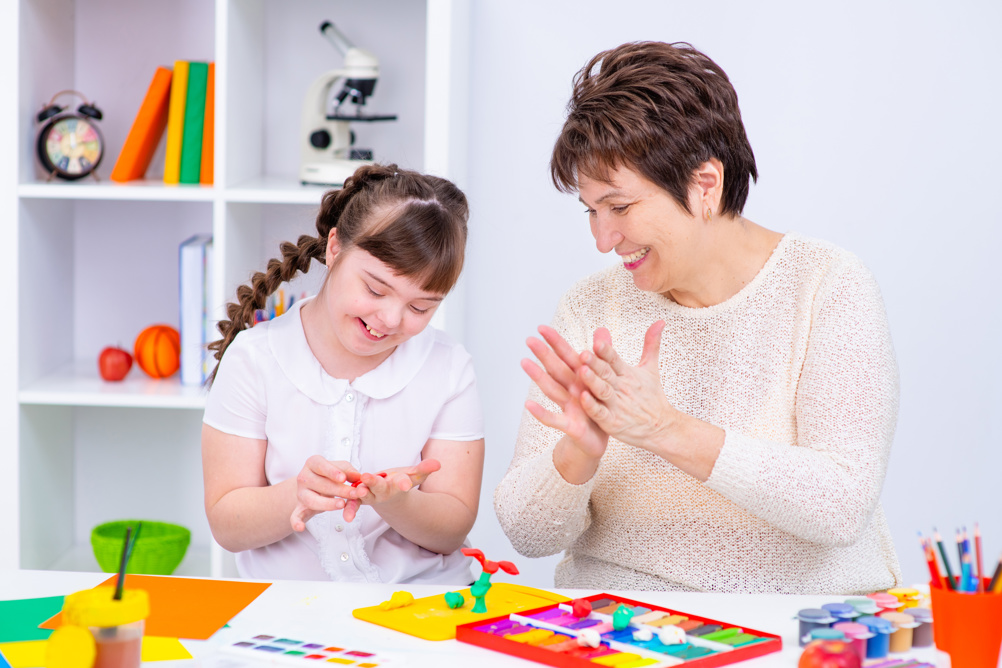
For many years, local authorities in England have been sending aggregate data on their cohort of children and young people with special educational needs and disabilities (SEND) to the Department for Education.
The return is extremely important for the DfE given the high-profile nature of the area of SEND and the extremely large amount of money involved in the current financial climate.
Of course, any improvements and more modern ways of monitoring are very welcomed, but are we simply counting the wrong things in a better way?
The SEN survey – more commonly known as the SEN2 survey – is an annual statutory data collection that takes place early in the year.
Register Now to Continue Reading
Thank you for visiting Children & Young People Now and making use of our archive of more than 60,000 expert features, topics hubs, case studies and policy updates. Why not register today and enjoy the following great benefits:
What's Included
-
Free access to 4 subscriber-only articles per month
-
Email newsletter providing advice and guidance across the sector
Already have an account? Sign in here

